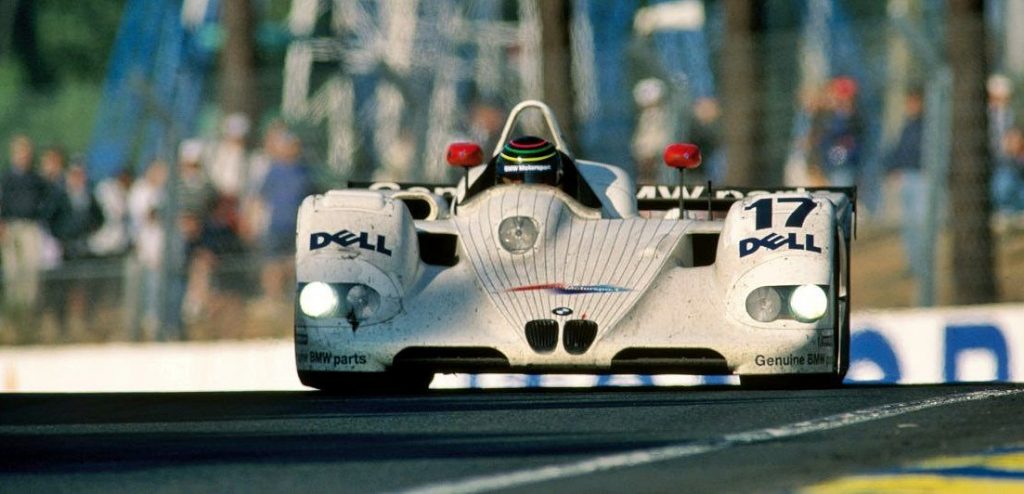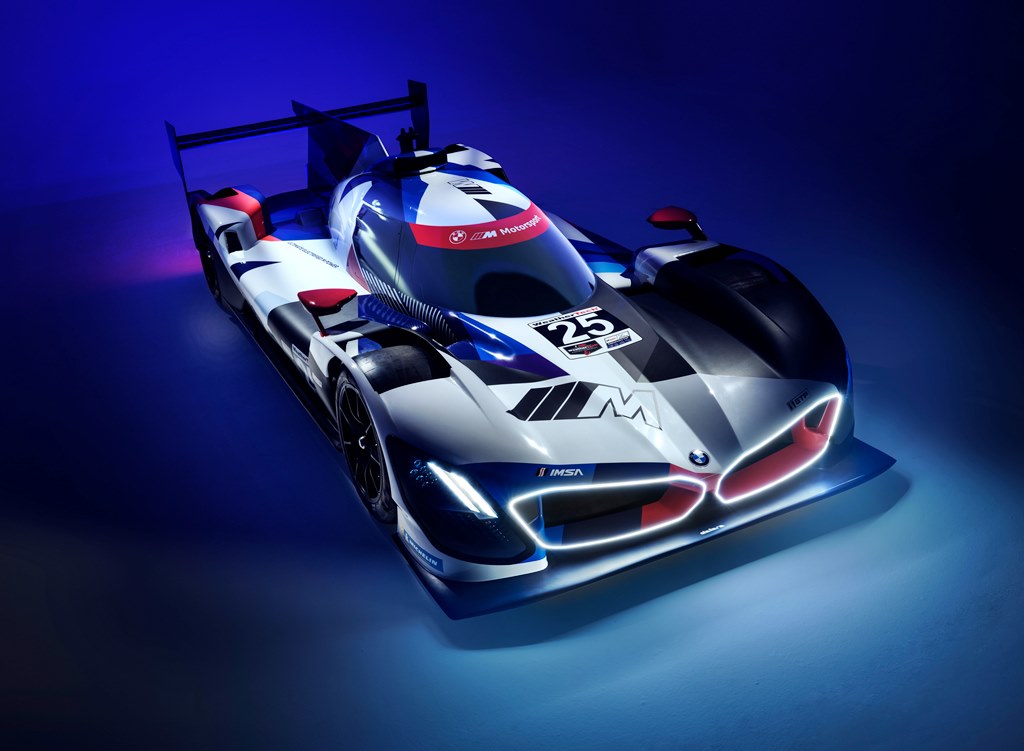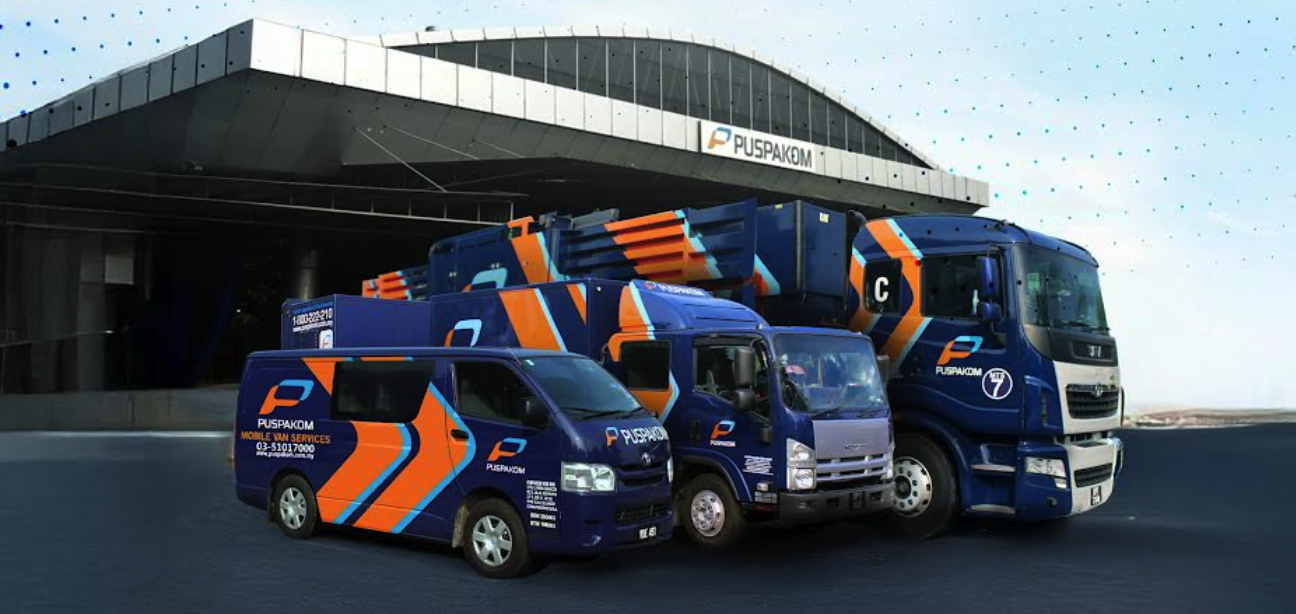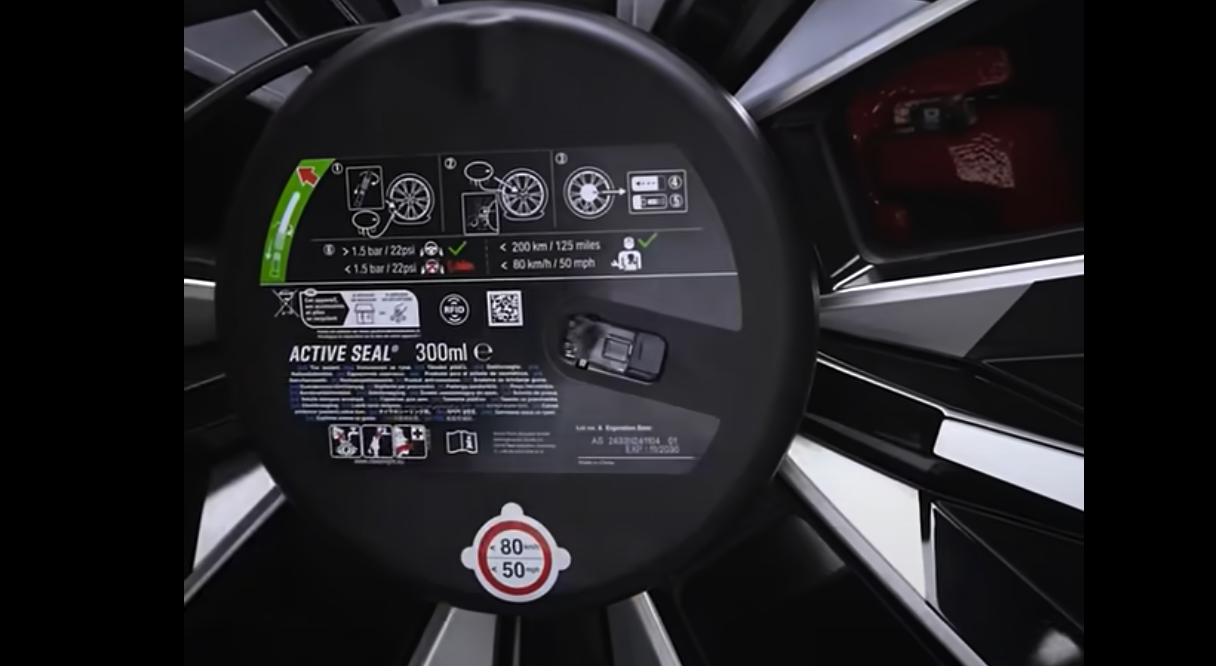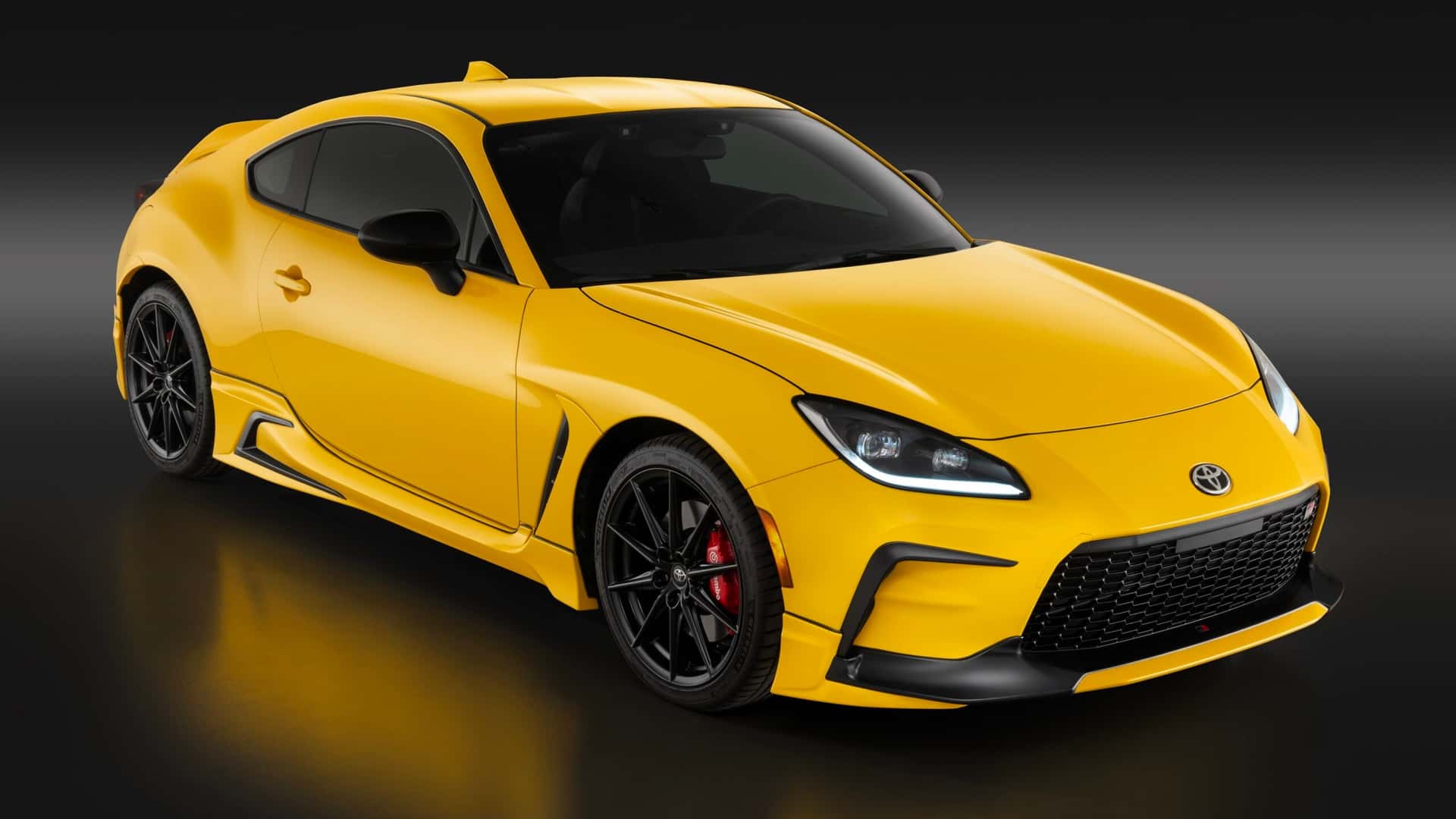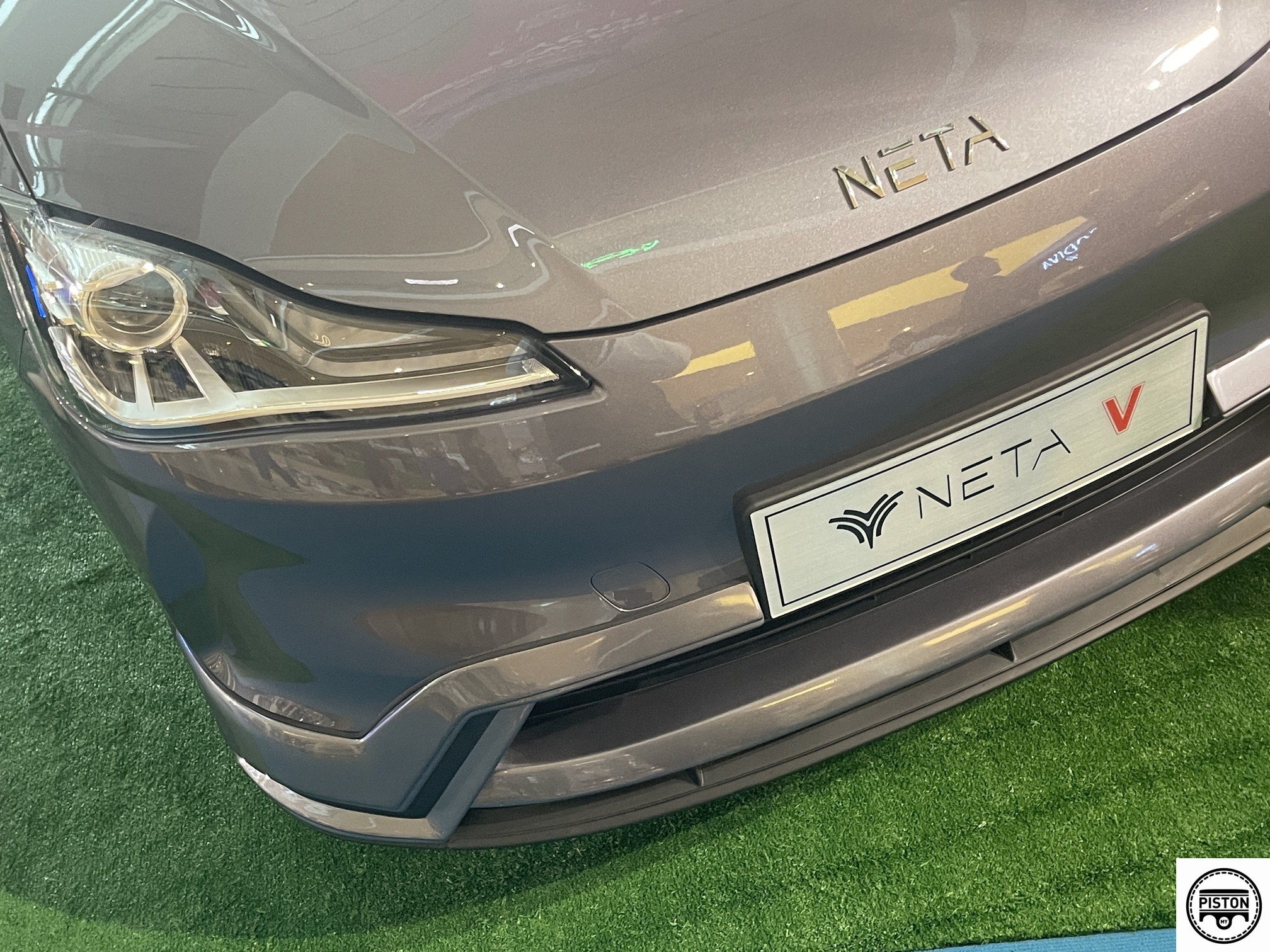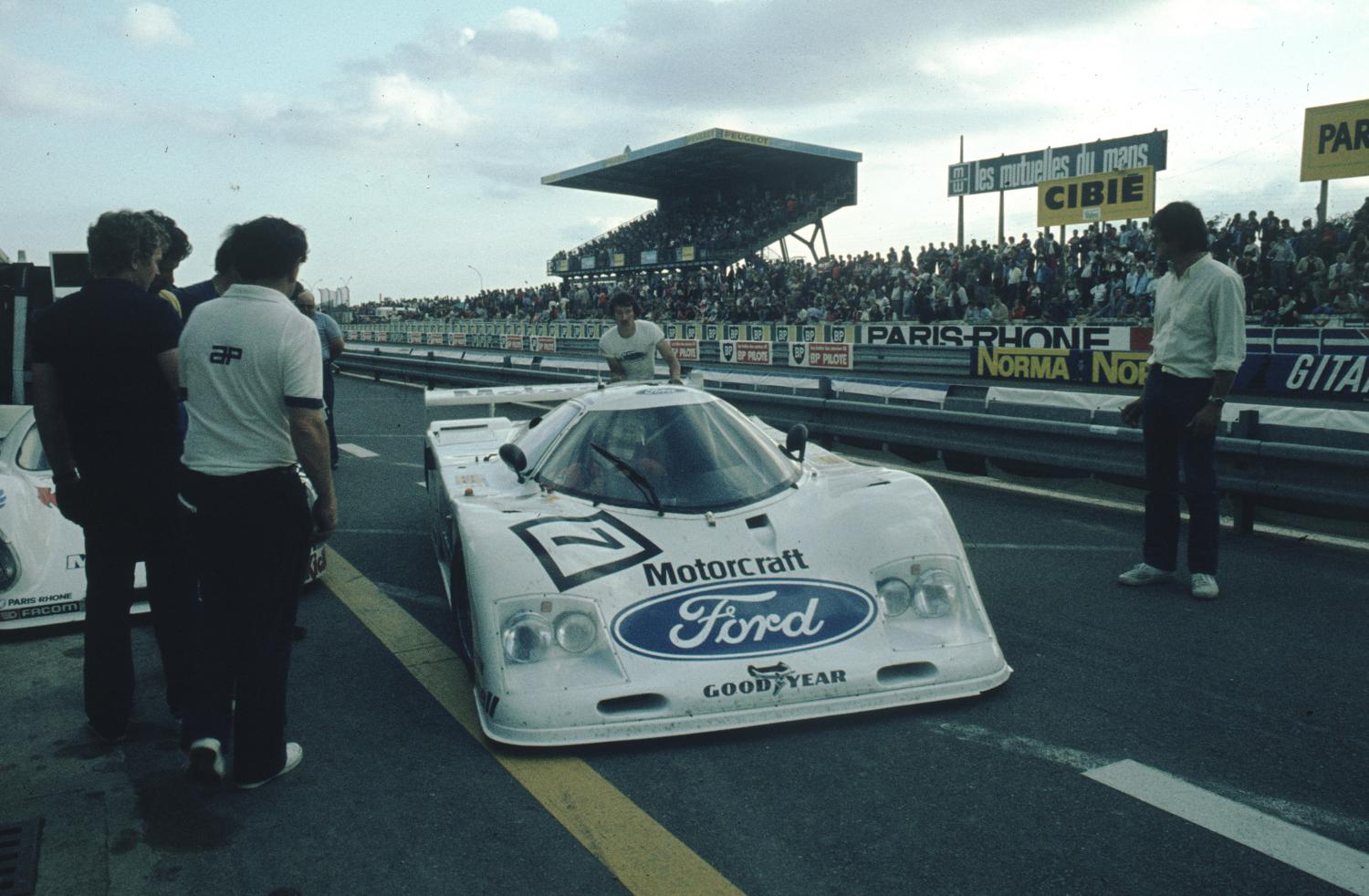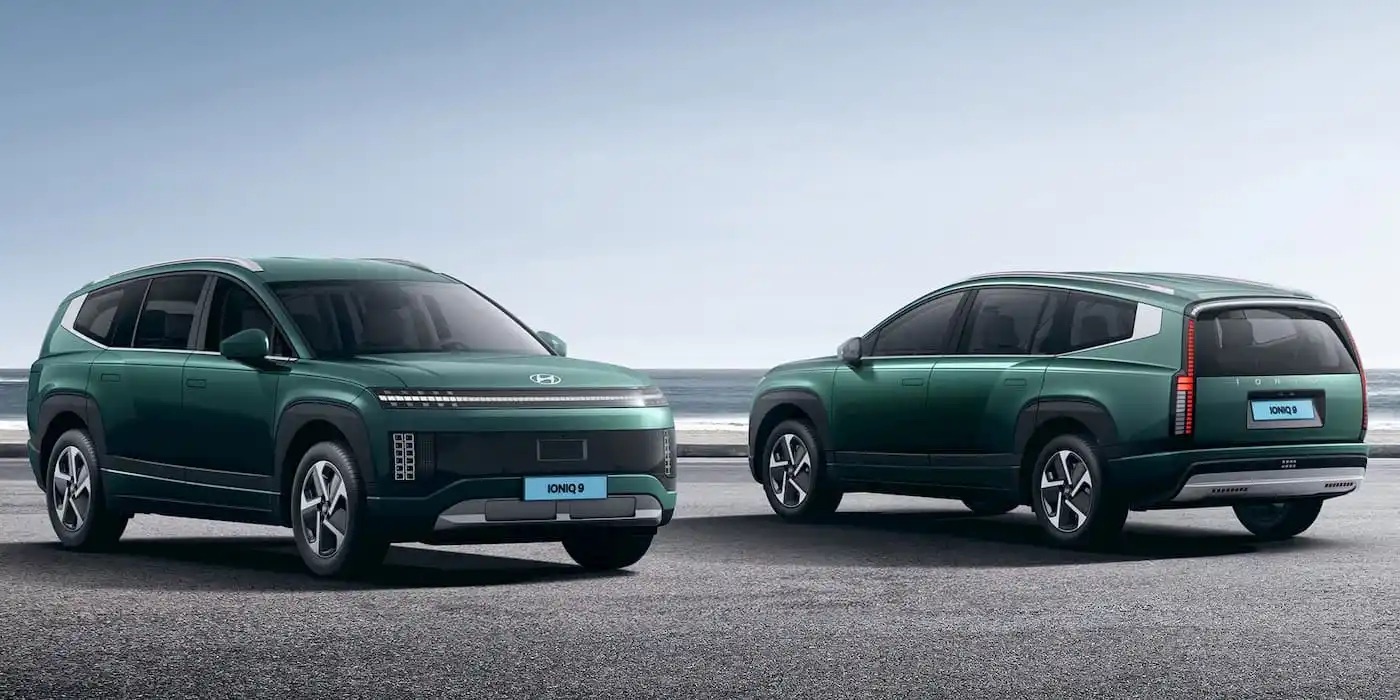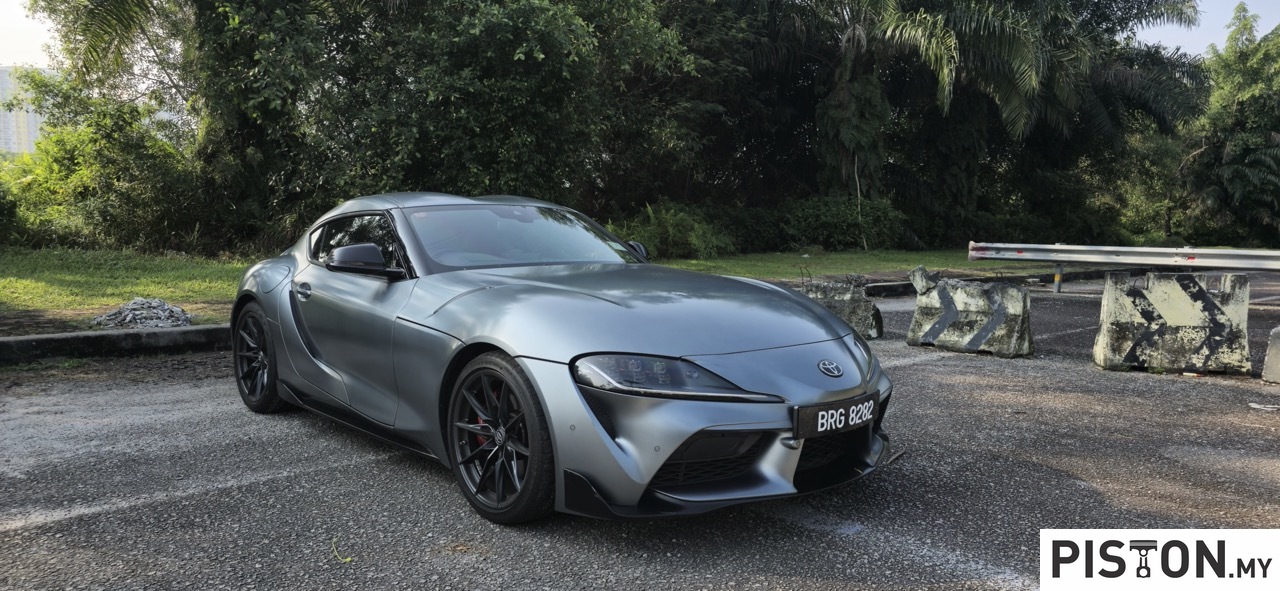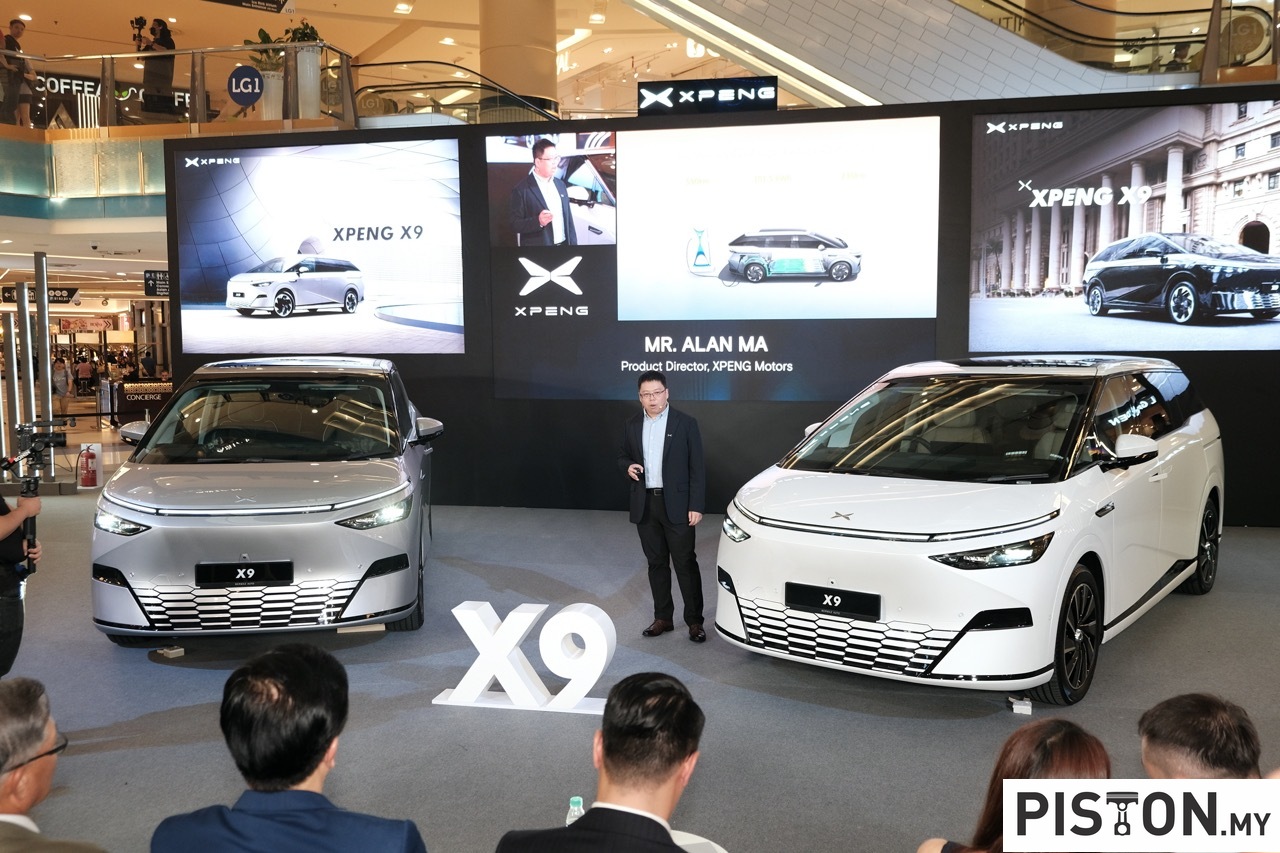The first prototype developed by BMW M Motorsport in 25 years was unveiled yesterday at the Petersen Museum in Los Angeles, USA. It was the first time the BMW M Hybrid V8 was shown uncamouflaged and in its iconic racing colours.
Like the camouflage livery seen during the earlier testing phase, the design of the livery for the 2023 racing season also comes from BMW Group Designworks. The livery represents a significant departure from the heritage-based ‘Icons of IMSA’ camouflage with a future-facing coat of arms comprised of modern, bold, fractal blocks of the iconic M colours and the M logo.
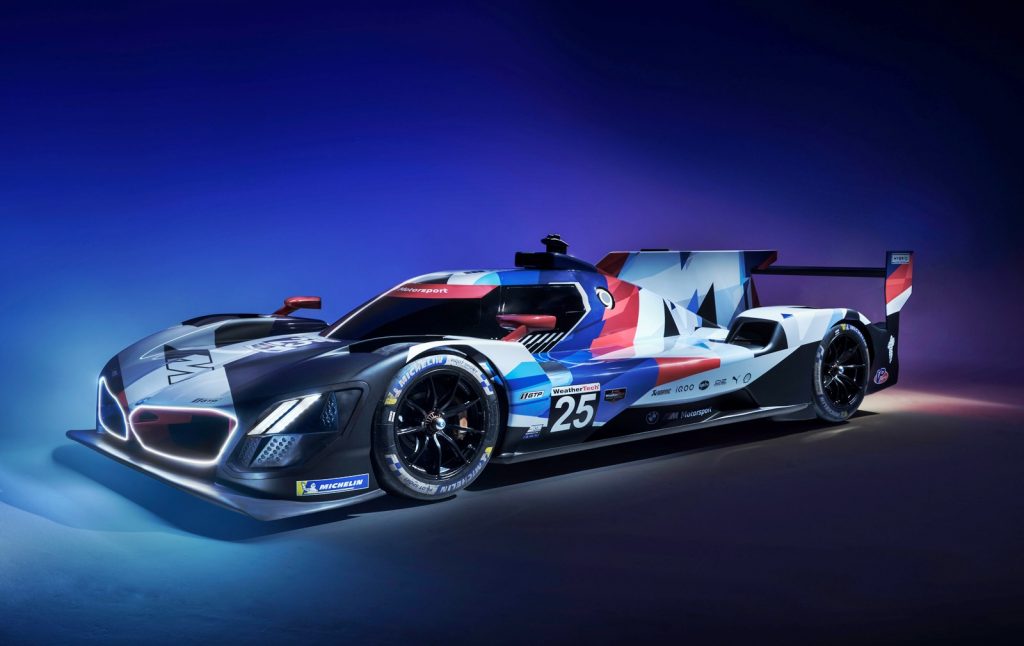
“These elements have been deconstructed to form what at first might appear to be an abstract triangular pattern across the BMW M Hybrid V8, but when viewed from the side, the M logo clicks right into place – M reconstructed, if you will,” explained Michael Scully, Global Director, Automotive and Advanced Design.
The design also features ‘Mbedded’ references to the BMW logo, and utilizes both blue and purple elements to pronounce the natural colours of electricity. Additionally, the avant garde works livery carries BMW M Motorsport’s now-signature matte black extension ahead of the cockpit beneath the driver’s side of the windscreen. This extends BMW’s interior design hallmark of driver orientation to the exterior of the car for enhanced driver focus.
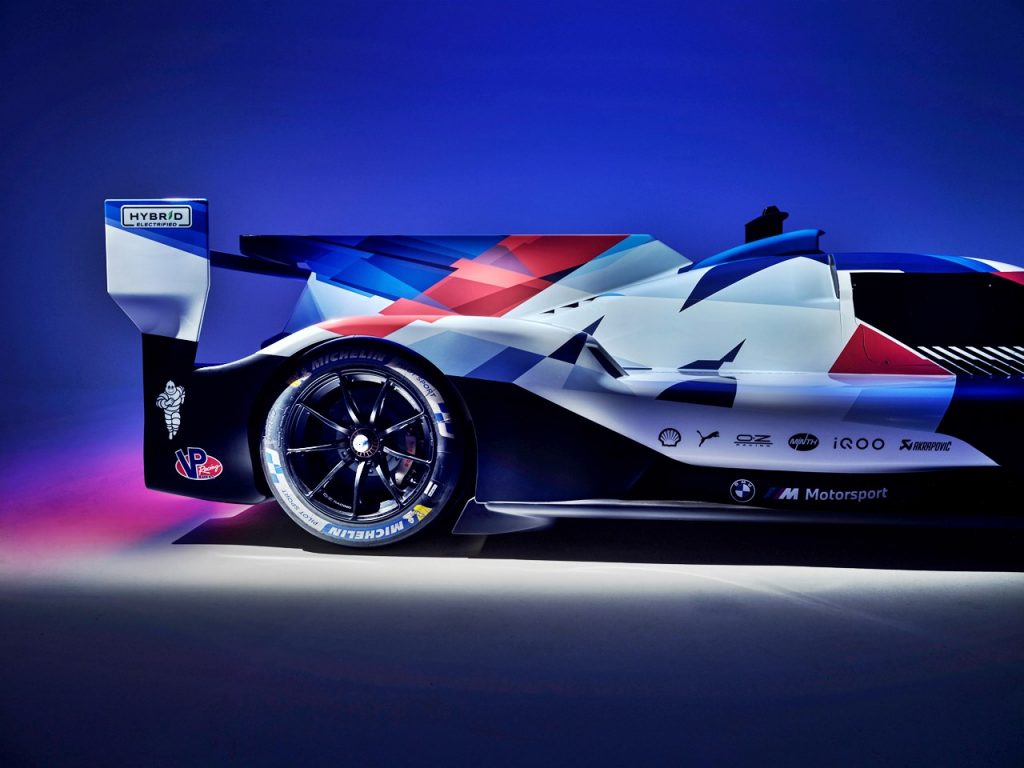
In fact, on the race-ready cars this non-reflective matt element will be the only black foil on the car, as all other black areas shown at the launch will remain in their native carbonfibre finish. “This measure allows us to reduce weight by 25% to 30%, compared to a conventional livery for racing cars. Less is more,” said Scully.
With no camouflage, it is now possible to identify aspects of the design. The layout of the laser-lit kidneys coincides with the open, flow-through architecture of a modern prototype racing car, and the air which passes beneath and through them is fundamental to the aerodynamic performance of the car; both in terms of cooling, but also for efficiency of downforce.

The front of the car invokes the faceted bonnet, nested BMW logo, and inverted ‘Y’ configuration between the kidneys of the BMW M Vision Next. It’s a great example of BMW’s showcars informing not only the production cars, but also the racing cars. These elements, flanked by signature twin headlights on each side, make the front of the car unmistakably a BMW.
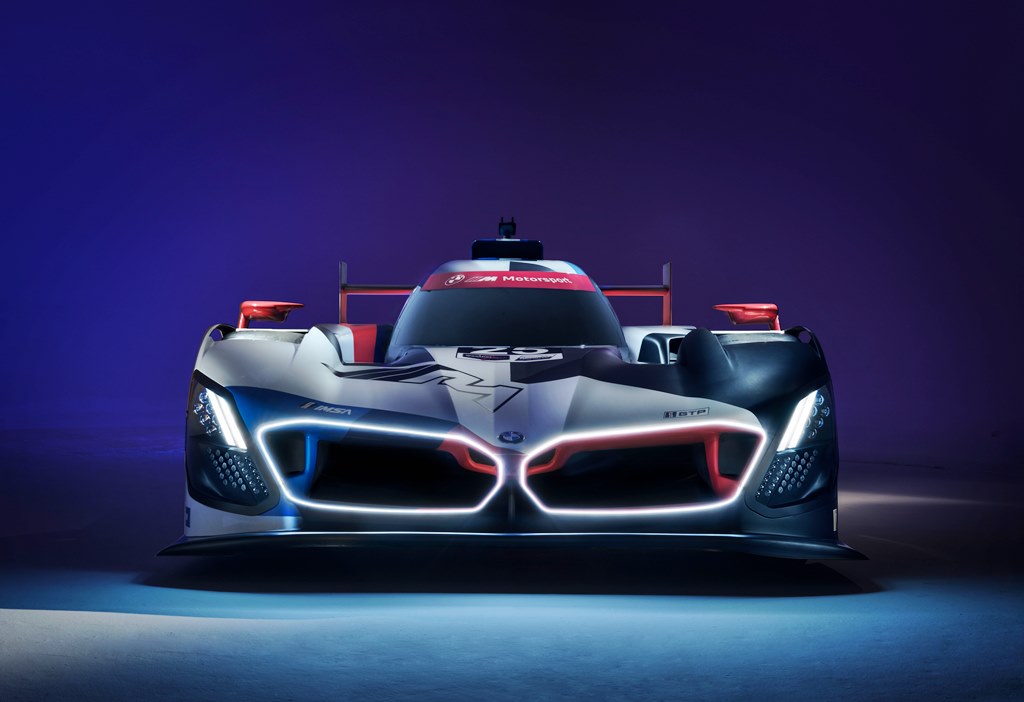
The kidneys’ lighting uses an exciting new technology developed by Swiss company L.E.S.S. SA. Their new approach is an alternative to LED lighting where light is generated by a nano-active optical fibre triggered by a laser. This provides ultra-bright and ultra-uniform light within a very small form factor such that it considerably saves weight and energy when embedded onto a car.
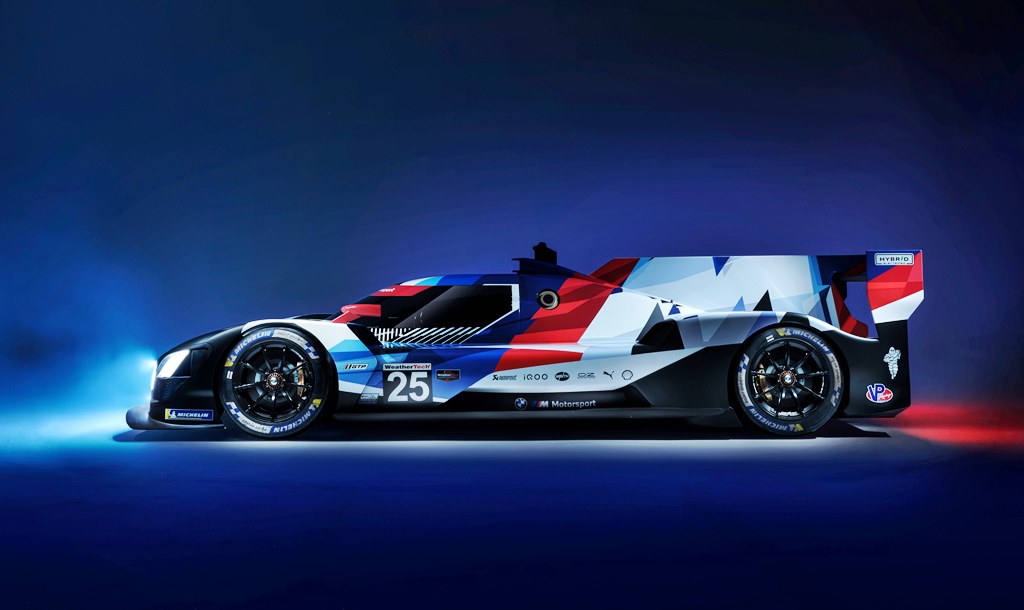
Along the sides, other BMW icons become apparent. These are the forward-leaning shark nose; the boomerang-shaped guide vane just behind the front wheel arch that recalls the BMW M4’s air breather design; and the M mirrors. There’s also a modern interpretation of the Hofmeister kink.
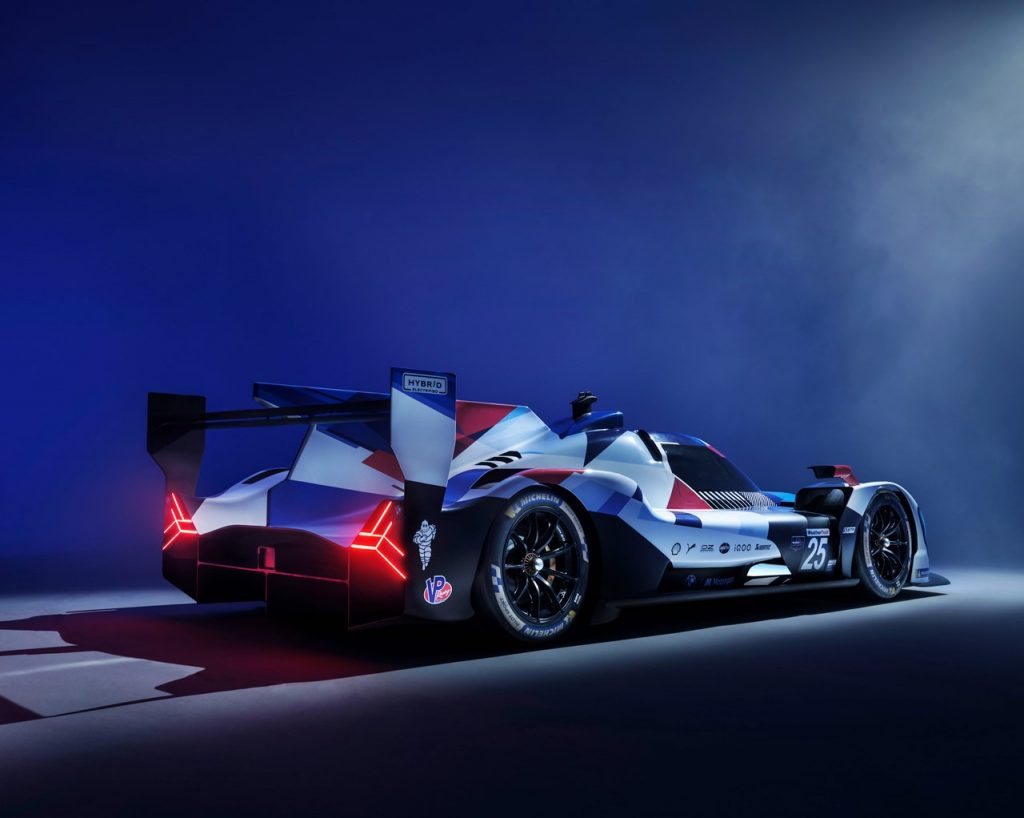
The sidepod carries a defined diagonal feature line which punctuates the radiused surface above it and, at the same time, also helps define the requisite front diffuser airflow exit. “A perfect example of the interdependence between BMW design DNA and dedicated efficiency which makes racing projects like this so engaging,” said Scully.
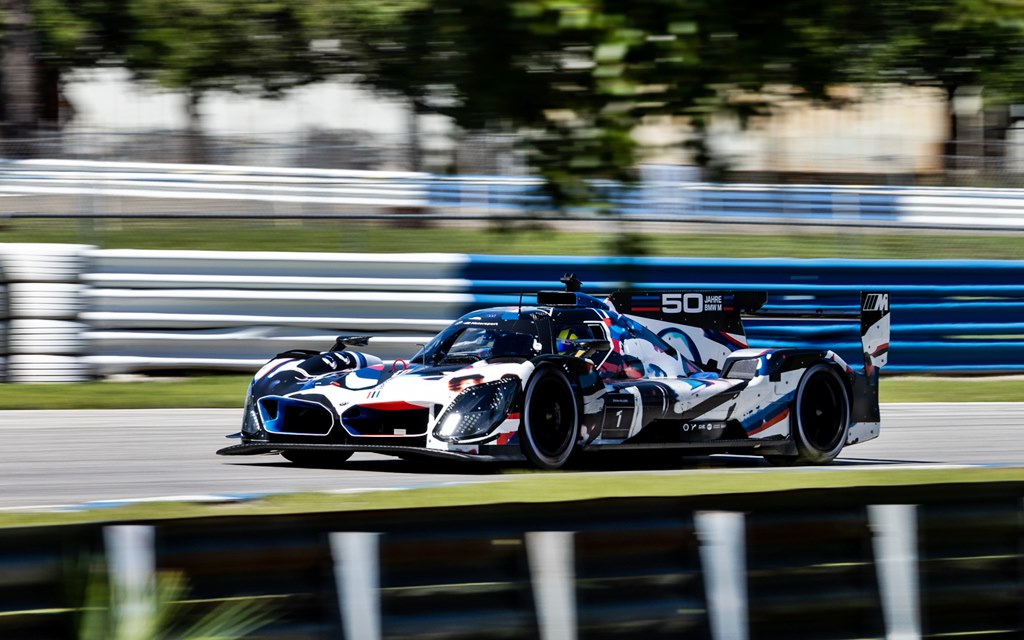
The BMW M Hybrid V8 began its extensive testing schedule in the USA earlier this week with a test at Sebring International Raceway. “The BMW M Hybrid V8 is a beautiful racing car. It is now our job to make it fast. We are working towards achieving this goal day by day and are confident that we will be ready in January when we really get down to business for the first time at Daytona,” said Head of BMW M Motorsport Andreas Roos.
